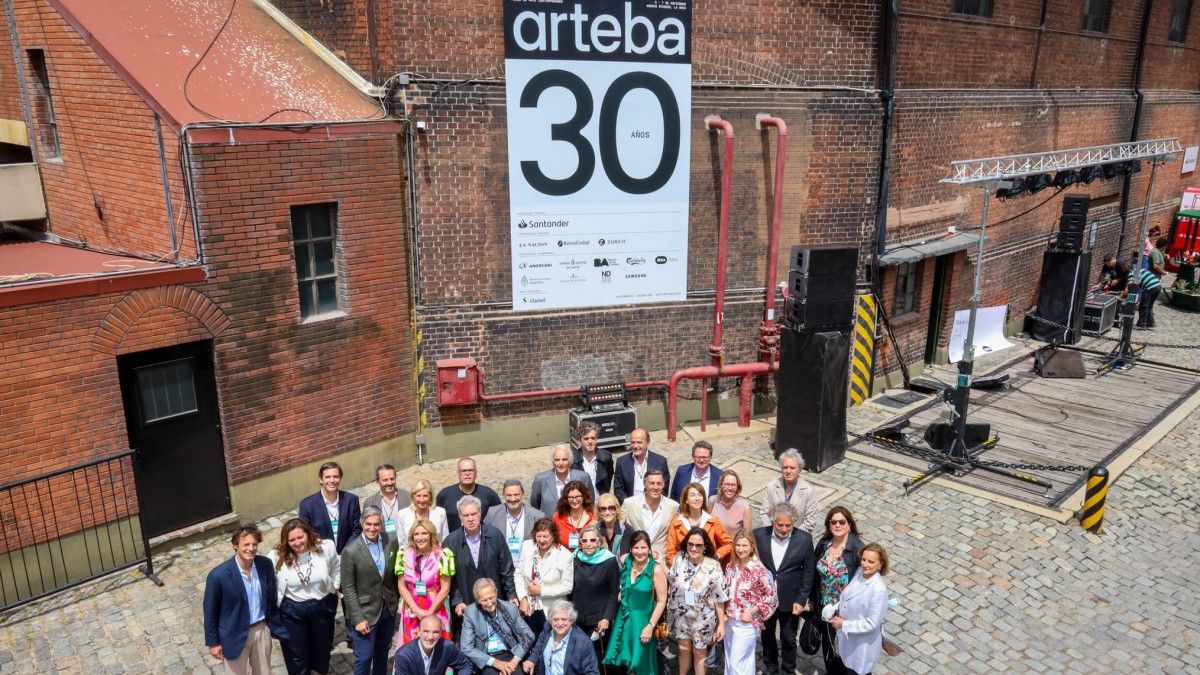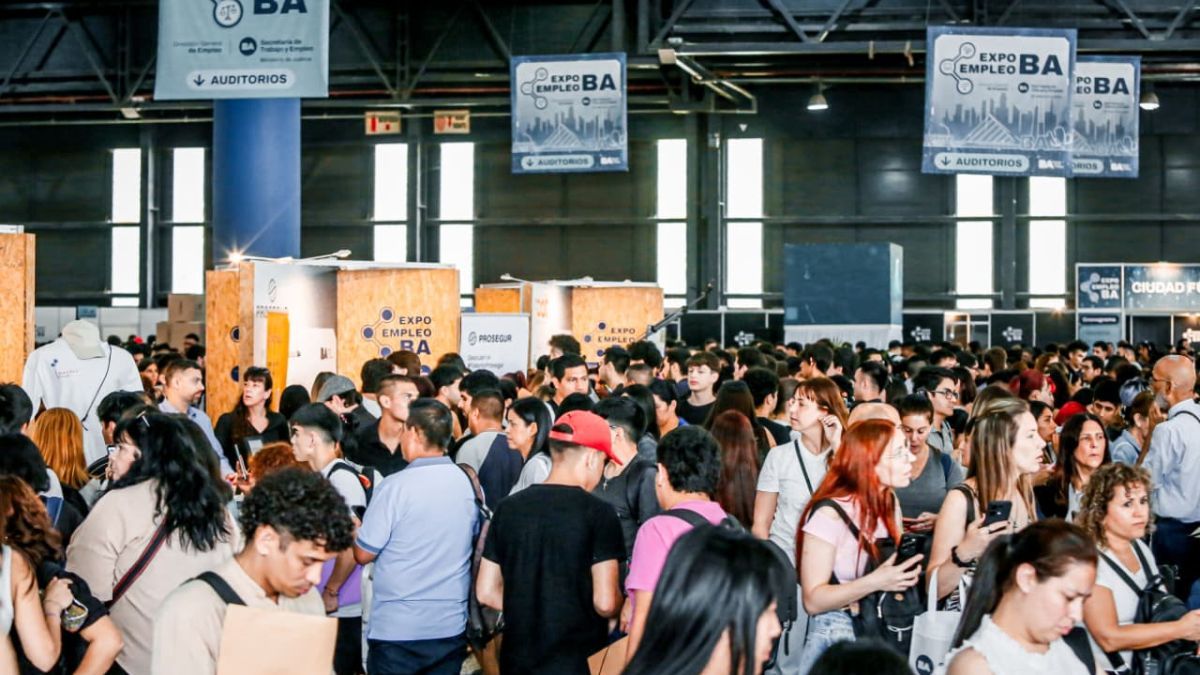For the director of the arteBA Foundation, Larisa Andreani, this edition will “go down in history as the fair for the reunion and strengthening of the contemporary Argentine art scene of which we are all a part. It was the fair to celebrate the 30 years of arteBA, it had a very special energy, the different setting gave it a different tone. It was very emotional and allowed us to get closer, talk, enjoy “.
He further noted that “Collectors and museums supported galleries and artists with good purchases, the quality of the works was something highlighted by many people. And the public enthusiastically accompanied our proposal. Unforgettable.”
In the first days of the fair, which it opened for collectors and later brought together the general public, several institutions had bought work, including Malba, which acquired a tapestry by Yente, a pseudonym of Eugenia Crenovich (Buenos Aires, 1905-1990) for 40 thousand dollars, and the National Museum of Fine Arts that bought a work by Eduardo Vigo from the Crudo gallery in Rosario. The Klemm Foundation also bought a work by Fernanda Laguna; the Museum of Contemporary Art in Salta took an acrylic by Carolina Antoniadis and the Franklin Rawson Museum opted for a work by José Luis Landet.
Among the stellar visitors of the fair were Marta Minujín and Luis Felipe Yuyo Noé, perhaps the two most important visual artists in the country, who participated in the opening toast of the fair with the hope and joy of returning to the face-to-face reunion. In a video that arteBA uploaded to her networks, the pop artist defined this edition of the fair as “a party” where “you can see all the art that is made in Argentina.”
20 percent of the participating galleries came from outside the city of Buenos Aires, which turned this percentage into a record for the history of arteBA, which historically leaned towards the international mark. This federal perspective was seen with the presence of galleries based in Tucumán, Córdoba, Rosario, Santa Fe and Mendoza.
There were also talks that bet on the crossing between the consecrated, the emerging and the different generations, such as the conversation last Thursday between Marta Minujín and the Mondongo group, where they spoke about their creative processes and insertion in the art market. “I started late. I just sold my first works at 41 years old. Before that, I was poor in New York, poor in Paris and poor in Buenos Aires,” Minujín complained, and as a counterpoint, Juliana Laffitte and Manuel Mendanha de Mondongo, They said that they were lucky enough to start living from art from a young age and that the decisive point was when in 2003 they were commissioned to portray the kings of Spain: “It seemed absurd to us, but as the days went by it took shape. They asked us, in addition to the work, a letter in which we would tell what had inspired us “.
The controversy was not left out either when religious sectors came out to criticize the staging of a performance in which religious symbols were alluded to. The conversation, which swarmed with noise on social networks, even put into circulation Enrique Avogadro’s request for resignation and was used by a legislative candidate who classified the artistic piece as “lack of respect for faith and religious freedom.”
Source From: Ambito
David William is a talented author who has made a name for himself in the world of writing. He is a professional author who writes on a wide range of topics, from general interest to opinion news. David is currently working as a writer at 24 hours worlds where he brings his unique perspective and in-depth research to his articles, making them both informative and engaging.




